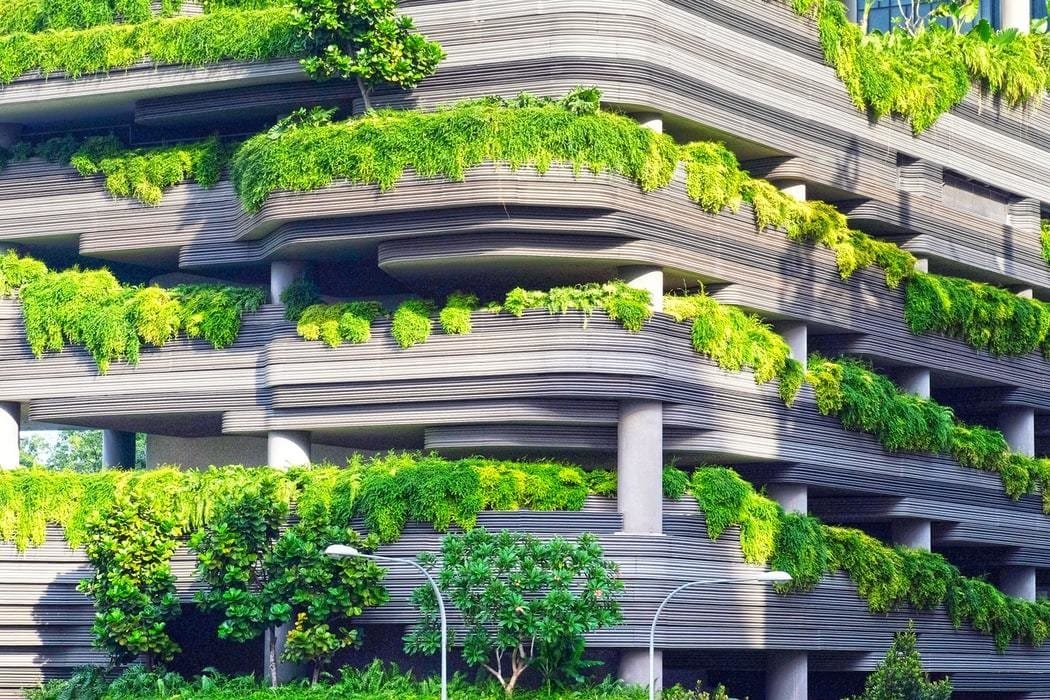
You might not think about it, but trees are a vital part of our life. Trees are a central part of our health, daily lives, and the objects we use every day. Without them, we wouldn’t thrive, and our surroundings will eventually wither.
Before you think urban growth is more important than letting a few trees live, consider these seven reasons cities should have more trees. You might thank every greenery in your area for the life you have right now after reading.
Trees Hold Soil in Place
Tree roots absorb excess water while keeping the ground moist enough for the trees and other foliage to grow. Having more trees in cities may help prevent floods and landslides that may damage properties and wash away communities. Trees also help in absorbing water that may flood dams and sewage systems.
They Help Clean Soil and Water
Trees are also known to clean the soil from pollutants and toxic materials. They can also help filter sewage and chemical wastes from farms, plants, and condominiums like Victoria Towers. Mangrove trees are also placed in coastal areas to help filter out heavy metals, toxic wastes, and other harmful pollutants from water bodies. It can be said that trees in cities may help filter out harmful pathogens living in the ground and in water. Thicker carpets of trees in cities and towns may even curb viruses from evolving into epidemics and pandemics.
They Improve Air Quality
More trees mean cleaner air. Trees also absorb carbon dioxide, urban particulates, and other harmful pollutants. Their leaves and bark act out as filters for these pollutants, similar to how a pair of lungs clean out particles to give clean air to humans and animals. Some forest parks in major towns like Mabalacat in Pampanga, Arroceros Forest Park in Manila, and La Mesa Eco Park in Quezon City are dubbed as “lungs” that boost air quality in polluted urban areas. Trees also help cool the air up to 8 degrees Celcius more. They help reduce heat in cities, making them adaptable to the effects of climate change.
Trees Provide Shade
A thick carpet of trees also provides excellent shade during the summer and dry seasons. Many cities start to embrace planting more trees in critical areas to protect people from harmful UV rays and the sweltering heat. You’ll be able to walk on the sidewalk or around your favorite park comfortably while under the shade and cold breeze provided by the trees.
They Increase Local Food Security
Planting more fruit-bearing trees increases the local supply of food for many. Having organic fruits and nuts available helps feed people during calamities. Local government units may also use fruit trees to provide homeless and street children with healthy and nutritious food.
They Help Buffer Storms
Trees also help protect areas from strong winds and rains. Many forests close to the coastlines provide protection from storm surges and harsh winds. Maintaining forests in typhoon-prone areas may help avoid further damage and casualties.
They Improve Wellness
Trees don’t just help the environment heal and be a better place to live. Being close to nature has been proven to improve your overall health. Like having indoor plants, city trees help urban dwellers feel less anxious and stressed. They help reduce our brains’ production of cortisol, the stress hormone. Open areas with trees are suitable spots for exercising, walking your dog, painting, and just enjoying the outdoors.
As a whole, a city with many trees and greenery creates a sustainable, resilient, and beautiful community. While planting and waiting for them to grow may seem to be a hassle, the benefits they entail are good for you and the Earth in the long run.

